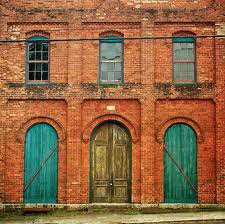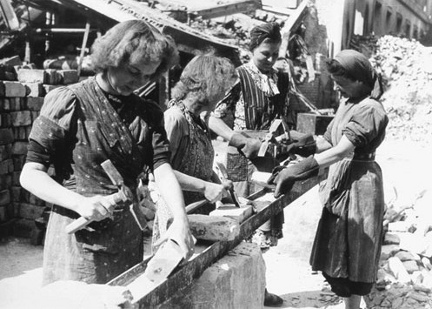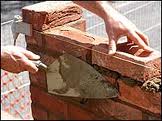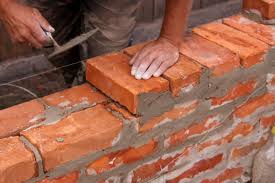A Project Overview
The B2M process starts with cellulose, the most common chemical structure in woody biomass. It's a polysaccharide with the general molecular formula of (C6H1005)n. The "saccharide" part says that the core of the molecule is the simple, six carbon sugar known as glucose. The "poly" part notes that this sugar structure is repeated hundreds of times, often thousands of times, to create something similar to a really long freight train. Cellulose and its cousin hemicellulose make up about two thirds of wood chips. The remaining third is the lignin which functions as a "glue" and binds the long-chain molecules together. Animals lack the ability to break the bonds that connect the glucose units that form the long cellulose molecules. Some animals, such as sheep and termites, have developed organs with the capacity to host enzyme-producing bacteria. These symbiotic bacteria break cellulose down into sugars which can then be digested.
The first step in repurposing an outdated brick building is to take a wrecking ball and knock the brick wall into pieces. The rubble is then loaded into wheelbarrows and taken to a processing area. This step is analogous to the gasification step in B2M in which wood is broken down through pyrolysis into a mixture of gases and tar. A wrecking ball would break down the structure of a brick wall, but the rubble would consist mostly of clumps of bricks rather than individual bricks. The second step in repurposing our brick building would be to break up those clumps, and to knock off any mortar clinging to the bricks.
In our metaphor, this step is analogus to the process used to reform wood gas by breaking wood gas down into its most fundamental components ‒ hydrogen and carbon monoxide. Part of this work is accomplished via the reactor's design as tars and complex organic compounds are drawn through a bed of glowing carbon which breaks them down into single carbon compounds. Another part happens in a subsequent process known as autothermal steam reformation, which uses oxygen and high-temperature steam to crack carbon dioxide and water into carbon monoxide and hydrogen.
The primary product that the B2M Project is designed to produce is methanol, the simplest of the alcohols, but there's no need to stop there. Methanol itself can be readily converted into dimethyl ether which can function as a direct replacement for propane, the Liquified Petroleum Gas (LPG) that is a mainstay for rural farms as a cooking and heating fuel. Methanol is also a key ingredient in the manufacture of bio-diesel.
|




